5- The Hindrances and Problems
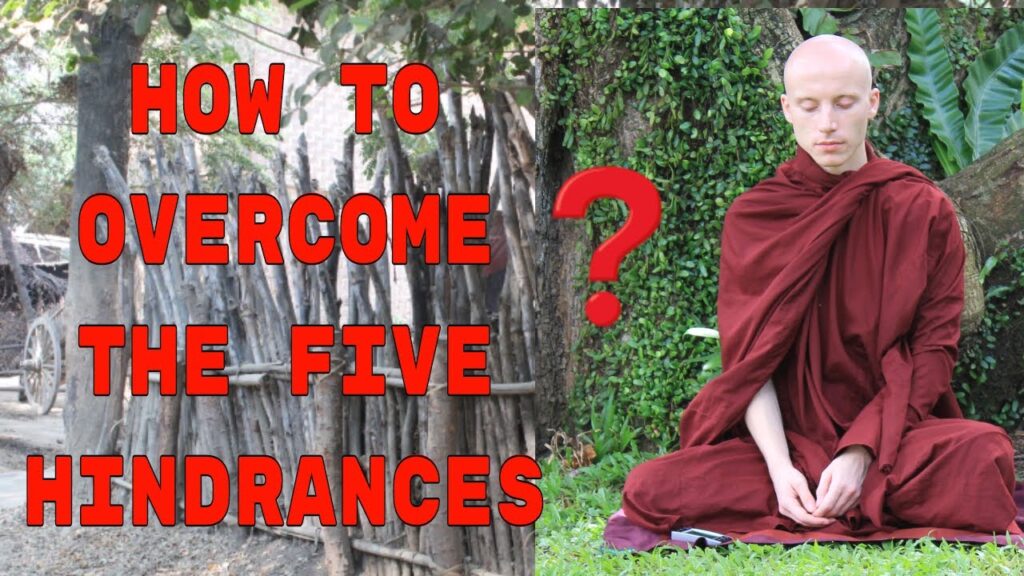
THE FIVE HINDRANCES
We can trace almost every problem in meditation to one or more of five
innate and universal psychological predispositions, known as
the Five Hindrances:
Worldly Desire, Aversion,
Laziness and Lethargy,
Agitation Due to Worry and Remorse,
and Doubt.
They’re called hindrances because they hinder efforts at meditating
and create all kinds of problems in daily life as well.
Therefore,
as countless meditation manuals recognize,
learning about them at the start is crucial.
~
The first step toward working with the hindrances skillfully is
to understand the purposes they ordinarily serve.
Second,
you will cultivate five Meditation Factors:
Directed Attention
Sustained Attention
Meditative Joy
Pleasure / Happiness
Unification of Mind
Each of these acts as an antidote to one or more of the hindrances
and contributes toward a key goal of meditation:
purifying the mind of these powerful facets of our biological programming,
and of their negative influences.
~
You will also come to realize that these hindrances are
the basis for the stories or melodramas the mind concocts.
Examples of stories rooted in Worldly Desire include:
“I need” a beautiful house, and “I want” a successful career so I can be happy.
Examples of stories rooted in Aversion include:
“I hate” rude people; “It’s not fair” that they always get what they want;
“I don’t want” to be sick today ; or “ I can’t take ” this place anymore.
Examples of stories arising from Laziness and Lethargy include:
“I’m too tired” to help you right now, and “It’s too late,” or “a waste of time” to try to finish that project.
Examples of stories tied to the Agitation Due to Worry and Remorse include:
“What if” I get caught; “I’m ashamed” of behaving that way; and “I’m afraid. ”
There are also self – defeating stories steeped in Doubt, such as:
“I can’t” meditate; “I’m too” clumsy to play ; and
“ I’m not ” good enough, smart enough, fast enough,
and so on.
These are the stories that largely define our lives. But through meditation,
we can question and eventually move beyond the narratives that hold us back.
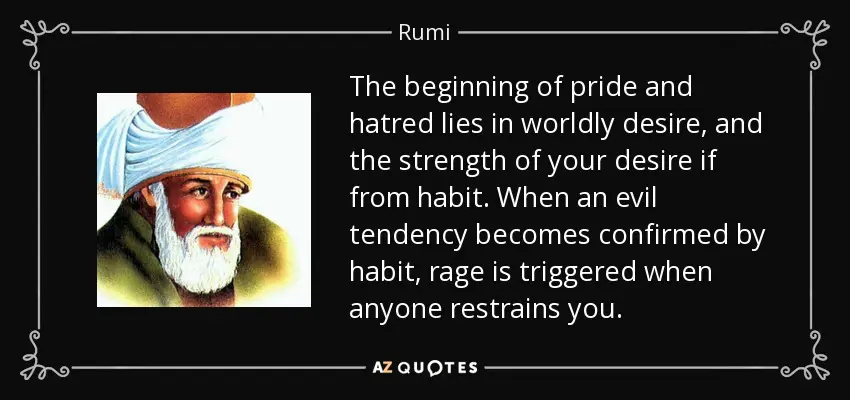
1. WORLDLY DESIRE
Worldly Desire (sometimes called Sense Desire) is when we
pursue, delight in, and cling to the pleasures of material existence.
Which is the opposite of Spirituality.
This also means desiring to avoid their opposites.
These desires include:
gaining material objects and preventing their loss;
having pleasurable experiences and avoiding pain;
achieving fame, power, and influence while avoiding infamy and impotence;
and attaining the love and admiration of others while avoiding hatred and blame.
In Buddhism,
these are sometimes referred to as the “eight worldly dharmas.”
Here’s an easy formula to help you remember them:
gain – loss,
pleasure – pain,
fame – obscurity,
praise – blame.
~
Meditation does not repress Worldly Desire .
It frees you from being ruled by desire.
Yet,
when it comes to the effects of desire on your life,
consider that the world has changed since these desires first evolved.
Sex, food — especially high-calorie, fatty, sugary, and salty foods — and labor-saving devices
are far more available today.
Unrestrained desire leads not only to overconsumption and health and relationship difficulties,
but many other issues that get revealed through meditation as well.
That said,
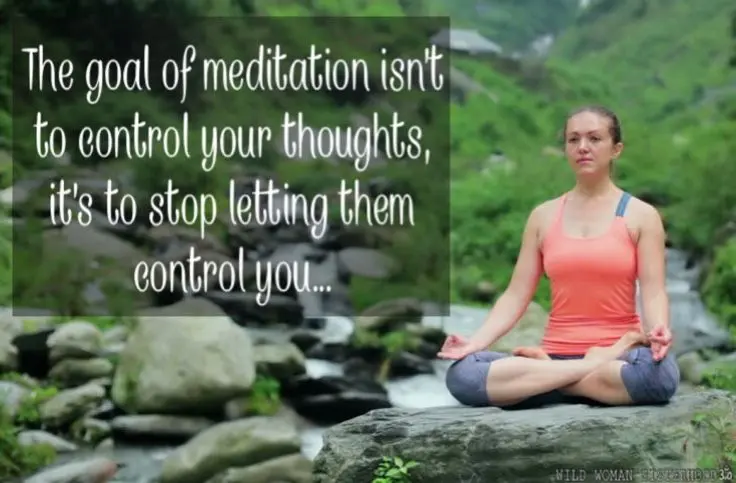
meditation doesn’t involve repressing worldly desires.
It gives us direct, experiential Insight into
the many ways that desire leads to pain and anxiety.
This Insight frees us from being ruled by desire so we can cultivate its opposite instead,
non – grasping and equanimity.
~
Our new motivations will come from a place of
generosity, loving – kindness, and shared joy.
~
Worldly Desire is so deeply embedded in us that
you may have trouble imagining how we could live without it.
However,
as intelligent beings,
we no longer need to be driven by compulsive desire in order to take care of ourselves.
We can act effectively from a foundation of reason and equanimity.
Furthermore,
generosity, loving – kindness, and sympathetic joy
will only serve to enhance the survival of social beings like ourselves.
Nor does eliminating desire lessen our experience of pleasure and happiness.
Free from craving and filled with love,
we become more fully present for positive experiences of every kind.

The practices in these articles will make you more aware of desire
and give you many opportunities to practice abandoning it.
Unification of Mind is the Meditation Factor that specifically opposes and
is opposed by the hindrance of Worldly Desire.
As the mind becomes unified, Worldly Desire weakens and eventually disappears,
not only during meditation but from daily life as well.
Experienced firsthand,
this is an extraordinary transformation.
You don’t grow stoic, indifferent to pleasure, or lose your motivation, but rather
are filled with joy, calm, and contentment.
A unified and blissful mind, in other words,
has no reason to chase worldly desires.
You will live a more dynamic life, not constrained by craving,
and you will be open to many more possibilities.
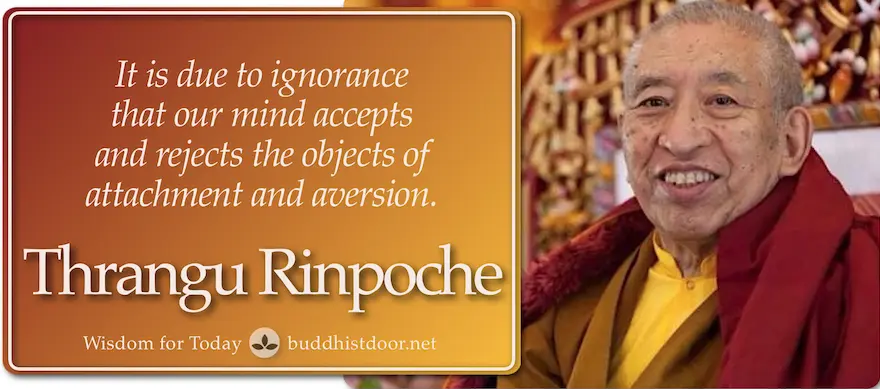
AVERSION
Aversion (sometimes called ill will) is a negative mental state involving resistance.
Its most extreme form is hatred, with the intent to harm or destroy, but
any compulsion to get rid of or avoid unpleasantness, no matter how subtle, is Aversion.
Dissatisfaction and resentment, most forms of criticism, and even self – accusation,
impatience, and boredom are forms of Aversion.
As with the other hindrances,
Aversion has been helpful for human survival.
In the same way that we’re programmed to take pleasure in and Desire
anything that supports our continued existence,
we’re programmed to experience displeasure and Aversion toward
what is potentially harmful.
Aversion motivates us to avoid or eliminate what is unpleasant.

Aversion hinders meditation in several ways. For instance,
thoughts about someone we don’t like, a dreaded future obligation, or
regrets about the past easily become distractions during meditation.
Judgment and impatience about our practice undermine our motivation
and encourage Doubt.
In the later Stages, subtle, unconscious traces of aversion
can keep mental and physical pliancy from developing, and
prevent the Meditation Factor of Pleasure/Happiness from arising.
Just as Aversion opposes mental happiness and physical pleasure,
the Meditation Factor of Pleasure / Happiness opposes Aversion.
Pleasure / Happiness counters aversion by
making negative states of mind impossible to hold on to,
although they can return full force afterward.
Simply put,
there’s little if any room for negativity in a mind filled with bliss.
This is one of the reasons it’s crucial to always seek out pleasurable feelings
and encourage positive mental states during practice.

You will learn to replace Aversion with loving – kindness, compassion, and harmlessness.
You will learn to recognize Aversion, replacing it with
equanimity, acceptance, and patience.
As these become your new predispositions,
anger, cold-heartedness, and harmfulness are replaced by
loving – kindness, compassion, and harmlessness.
You’ll be astonished at the profound transformation
as Aversion disappears from your daily life.

3. LAZINESS AND LETHARGY
Laziness mostly appears as procrastination. Its counterpart, Lethargy,
is a tendency toward inactivity, rest, and ultimately sleep.
Both involve a lack of energy.
Each causes different problems, but together, they form a powerful hindrance.
When we lack motivation, Laziness and Lethargy arise and keep us from making enough effort.
Laziness is being resistant to doing some activity.
Laziness is usually thought of as something negative, but it serves a purpose.
It keeps us from spending time and energy on
unnecessary, unproductive, or unpleasant activities.
That time and energy can then be used for activities that contribute to
happiness, survival, and reproductive success.
Laziness also motivates us to use our skills and intelligence
to come up with easier ways of doing things.
Laziness arises when the cost of an activity seems to outweigh the benefits.

Lethargy arises when there appears to be nothing
interesting, exciting, or potentially rewarding going on.
This also serves a purpose.
Our body and mind need time to rest and recuperate.
Rest is a better use of time than engaging in unproductive activities.
Like Laziness,
Lethargy is an evolutionary adaptation for conserving time and energy.
The essence of Lethargy is a progressive, involuntary loss of mental energy.
The longer it continues, the harder it is to halt this downward slide.

There are two antidotes for Laziness and Lethargy.
and coffee is not one of them :-O
The first is to motivate yourself by thinking about future rewards.
This means weighing the costs against the benefits in a rational and intelligent way,
rather than just trusting your emotions.
For instance,
whenever you have trouble bringing yourself to meditate,
you can recall all the benefits that will come if you keep practicing.
So,
to deal with Laziness,
you need to muster enough motivation to actually begin the task you want to complete.
Dealing with Lethargy means having enough motivation to complete the task,
rather than quitting or falling asleep.
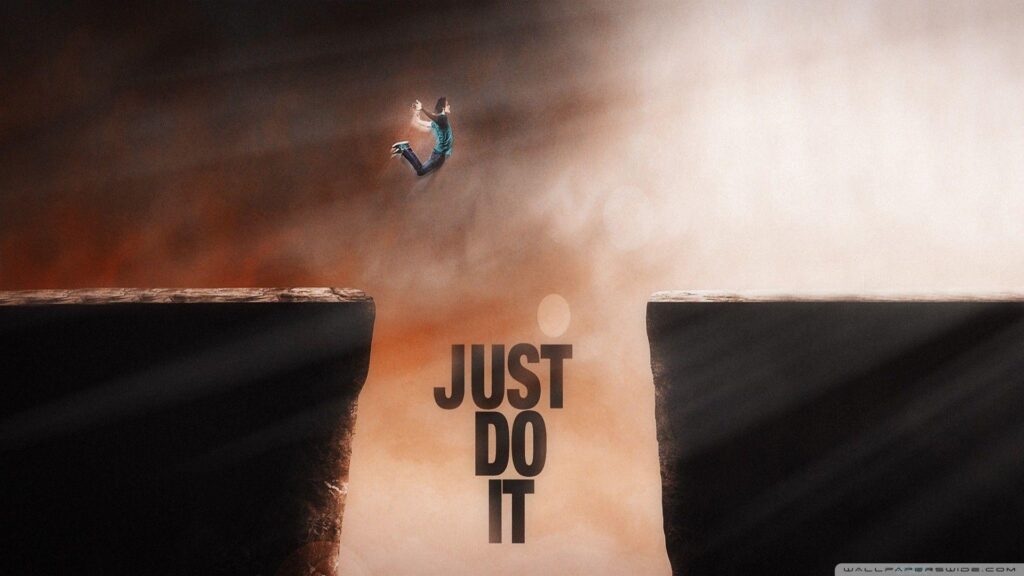
The second antidote is to just do it.
This means that you plunge in despite resistance, and then engage with the task fully.
This works well against laziness because the power of laziness lies in procrastination.
Before we start an activity,
we can question its value and suggest alternatives that seem more appealing.
Laziness makes it hard to start a task, but once we start, it’s easier to continue.
If we get interrupted, though, laziness can return and make restarting difficult.
In any case,
since laziness often fades when we begin a task,
just doing the task is the antidote.
Engaging fully with a task also works against lethargy by re-energizing the mind;
but how effective this is depends on how quickly we recognize the onset of lethargy.
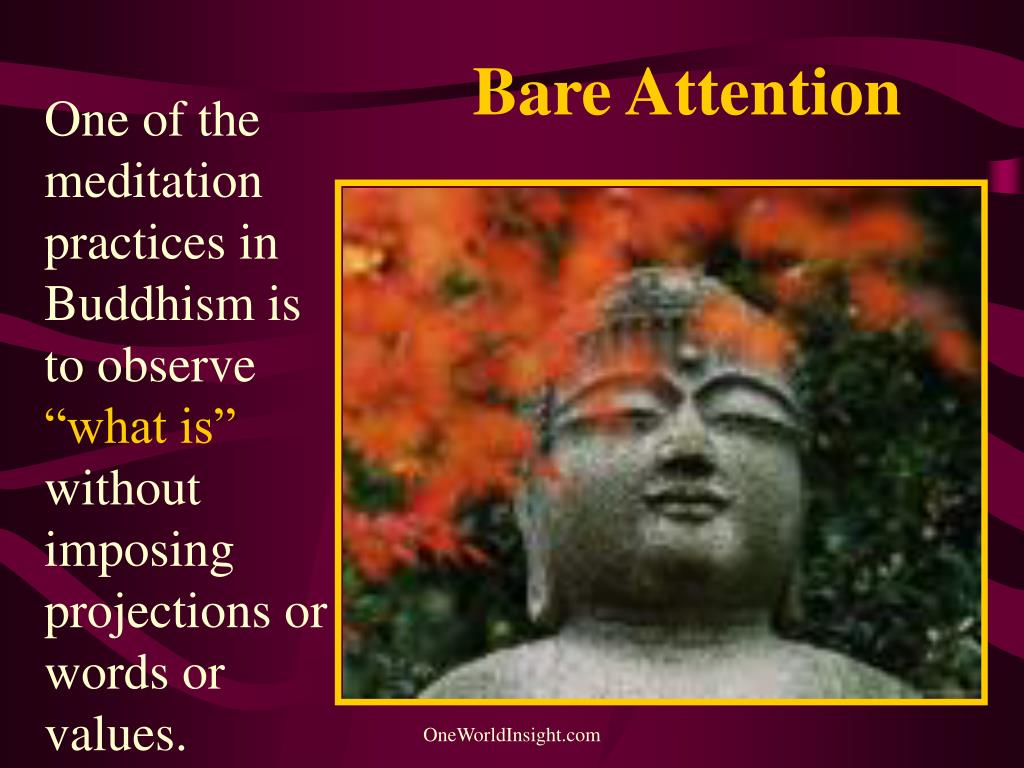
Directed attention becomes powerful and automatic enough
to completely overcome Laziness and Lethargy.
The Meditation Factor of Directed Attention opposes Laziness and Lethargy,
and vice versa.
This hindrance impedes Directed Attention because we cannot easily direct
a dull, tired, and unmotivated mind.
In meditation, “just doing it” means
you keep directing attention to the meditation object,
countering procrastination and any loss of mental energy.
Eventually,
Directed Attention becomes powerful and automatic enough
to completely overcome Laziness and Lethargy.

4. AGITATION DUE TO WORRY AND REMORSE
We feel this kind of Agitation when we’re conflicted about the past or concerned about the future.
This Agitation can take the form of Remorse for past unwise, unwholesome, or immoral activities
or for something we neglected to do.
We may also have Agitation Due to Remorse when fretting about the possible consequences.
For example,
you may feel remorse about an affair, either because of the pain your spouse would feel
if he or she found out, or because of your own guilty conscience.
The other form this Agitation can take is Worry.
Yes, we worry about the consequences of unwholesome actions,
but we also worry about neutral actions.
For instance,
you may worry about whether or not you locked the back door.
Even wholesome activities can cause anxiety.
Perhaps you drove your friend to the hospital because she had the flu,
but now you worry that you may have caught it.
And once you start worrying,
it often leads to more agitation as you wonder about how you might prevent or
cope with the consequences of your imaginary scenarios.
We also worry about very unlikely things, such as
being caught in a terrorist attack.
We can create endless combinations of Worry and Remorse for ourselves,
all of which make us more agitated.
Our predisposition to Agitation Due to Worry and Remorse
helps spur us to correct things when possible, to protect ourselves when confronted by
unavoidable consequences, and to prepare as best we can for an uncertain future.
The mental discomfort also helps discourage us from creating similar situations in the future.
However,
if we can’t put our agitated energy to good use,
it makes us stressed because of our unresolved impulses to act .
It also makes it harder to focus on anything else.
Even when we consciously set aside or unconsciously repress worry and remorse,
the mind remains agitated, affecting our body and emotions.
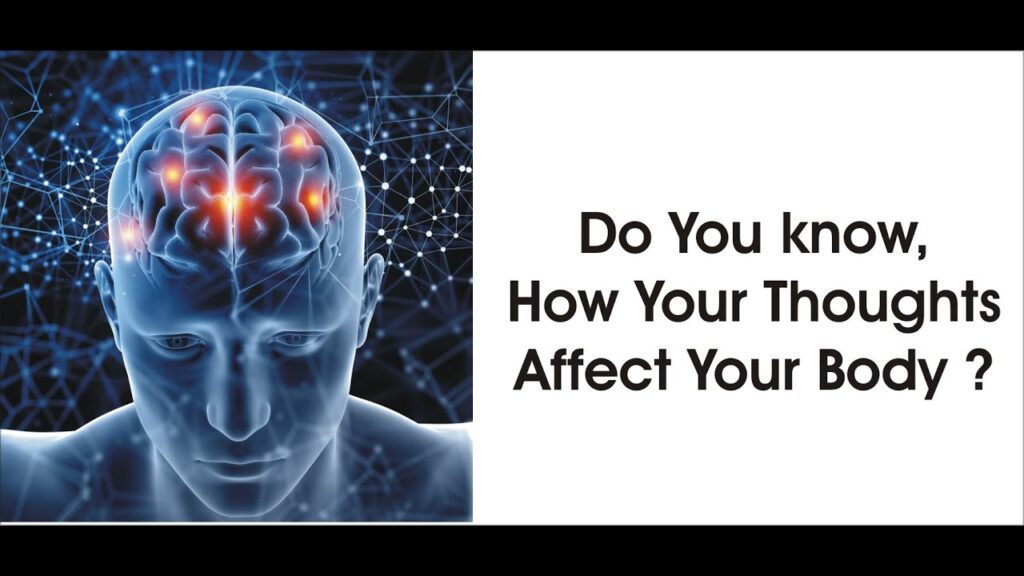
Most of us are quite aware of the adverse effects of such stress .
Yet in meditation,
we discover directly how even negative actions from the distant past and
long – forgotten worries can still produce agitation.
They’re like seeds buried in the unconscious furrows of the mind.
Only when we become quiet enough can they emerge fully into the light of consciousness.
Our past shapes our current perceptions and behaviors, and unresolved issues can
stand in the way of peace of mind, joy, and happiness in the present.
The best antidote to this kind of agitation is to take up the practice of virtue.

When we behave virtuously,
we don’t create further causes for Remorse or Worry.
But what is virtue?
I don’t mean morality in the sense of adhering to an external standard
demanded by a deity or other authority.
Nor do I mean ethics,
as in following a system of rules that prescribe the best way to act.
Both moral principles and ethical codes can be followed blindly
without necessarily having to resolve your own bad mental habits.
Rather,
virtue is the practice of inner purification, which results in good behavior.
If you think of the mind as an engine,
the practice of virtue allows for the smoothest, most powerful performance.
Likewise,
every action that has an unskillful intent, even the most subtle,
is like a small bit of grit reducing the mind’s performance.
As a virtuous person,
you’ll enjoy a peace of mind that enables you to reach the highest Stages of meditation.
Of course,
there are many other benefits to being virtuous,
but the practice of virtue is intrinsically rewarding.
~
While training in virtue helps prevent misconduct in the future,
the other remedy is doing whatever’s possible
to resolve any existing sources of worry or remorse by taking positive action.
After you’ve done what you can,
you must forgive yourself and seek the forgiveness of others for what can’t be resolved.
Then,
let go once and for all of these events and any judgments about them.
A deep purification of the mind happens in meditation,
and a large part of that purification involves
putting to rest concerns about past misconduct, actual or perceived.
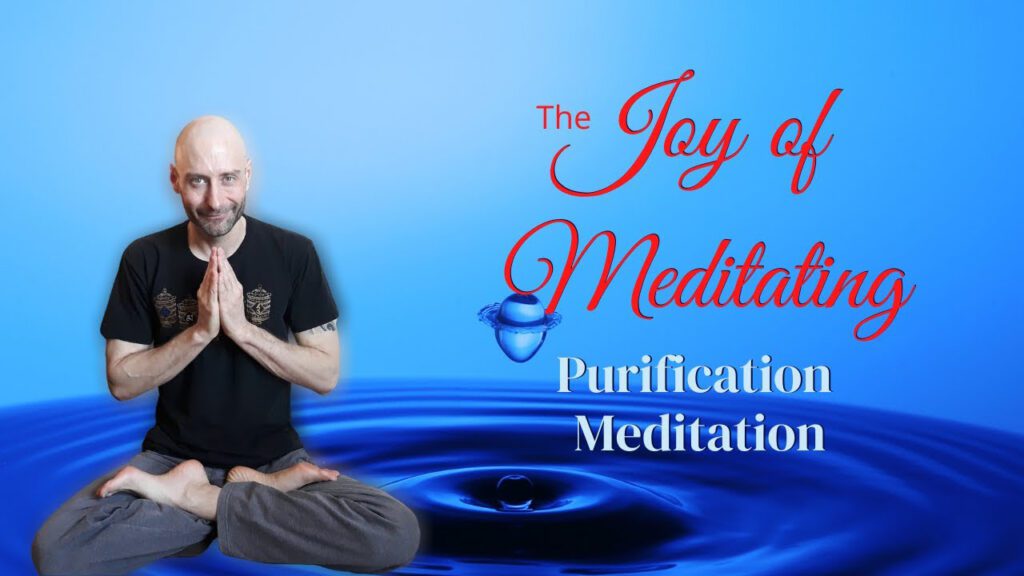
Joy overcomes Worry by giving you confidence that you can handle life’s challenges.
Joy overcomes Remorse by making you eager to set things right.
Agitation Due to Worry and Remorse is a specific state of mind.
The Meditation Factor of Meditative Joy is also a state of mind.
Since the two are opposites, they cannot exist together —
the continued presence of this Agitation interferes with the arising of Meditative Joy.
Similarly,
as the mind becomes more joyful with continued practice,
Agitation Due to Worry and Remorse dies down.
Joy overcomes worry because it produces confidence, optimism, and the certainty
one can handle whatever challenges life may present.
Likewise,
Joy overcomes Remorse because a joyful person
sincerely regrets any harm he or she has caused in the past
and is eager to set things right.

5. DOUBT
Doubt is healthy and valuable when it motivates us to
question, investigate, and try things for ourselves.
It keeps us from blindly accepting what others say or what seems true, and
from being misled and taken advantage of.
As a survival strategy,
it keeps us from wasting our time and resources.
Doubt begins as an unconscious mental process that focuses on
negative results and negative possible outcomes.
Once the mind decides a situation should be examined more closely,
the emotion of Doubt becomes part of conscious experience.
If the feeling of Doubt is strong enough,
it compels us either to reevaluate an activity, or to abandon it altogether.
The purpose of Doubt is simply to challenge the strength of our motivation,
inviting us to test our current activities and intentions with reason and logic.
Doubt becomes a hindrance if, instead of reevaluating the situation rationally,
we respond only to the emotional uncertainty it creates.
Too often that keeps us from making the effort needed to
validate something through our own experience.
We can never succeed at any difficult task if we simply abandon whatever makes us uncertain.
Doubt in this form is more like a perverse faith in failure
that saps our will and undermines our intentions.
For example,
if you doubt your ability to succeed in meditation,
your motivation will fade and you won’t sit down to practice.
The remedy for Doubt is
to use our reasoning abilities to envision the possibility of long – term success,
countering the short – term emotional pressure of this hindrance.
Once we’ve overcome the paralyzing effects of Doubt,
we can move forward with stronger motivation and, through action, achieve certainty.
The ultimate remedy for Doubt is
the trust and confidence that come from success, and
success depends on persistent effort.
Although Doubt is often projected onto other people and things,
it often takes the form of self – doubt, a lack of confidence in our own abilities.
Of the many forms Doubt takes, self – doubt is so pervasive that it’s worth addressing specifically
and providing a few more assurances and antidotes.
If you doubt your ability to concentrate,
just remember that even though some people are calmer by nature than others,
very few have such active minds that they cannot meditate.
Even serious cases of attention deficit disorder
don’t prevent people from achieving the highest goals of meditation.
~
If your mind is really more active than average,
the first three Stages will be the most challenging.
But rest assured,
not only can you master them,
but the Stages after will come much more easily.
For some, self – doubt is about self – esteem,
specifically about comparing yourself to others you believe are brighter or more capable.
In fact,
intellectual ability isn’t that important for success at meditation.
Meditation is about attention and awareness.
If you can read this book and follow the instructions,
you have more than enough intelligence to learn to meditate.
For that matter,
even if you don’t understand some of what you read here,
by just following the basic instructions for each Stage, you will succeed.
Some doubt they have the necessary self – discipline,
but if you can exercise regularly or go to work or school, you can establish a practice.
The key factor isn’t discipline, but rather motivation and habits.
If you find yourself questioning whether you have enough discipline to meditate, instead
re-examine your motivation.
Without motivation,
discipline won’t help much.
Making meditation a habit is also critical.
Because we’re in the habit of going to work, even when reluctant,
we do it anyway and often without giving any particular thought to the consequences.
Habit is powerful.
In Stage One,
we discussed ways to create the conditions for your practice to become a habit.

Success leads to trust — both in the practice and in yourself.
By applying yourself diligently, Doubt is completely overcome.
Doubt obviously stands in the way of persistence.
Conversely,
the Meditation Factor of Sustained Attention, achieved through consistent effort,
is what overcomes Doubt. That is,
as you keep applying yourself,
you’ll learn that you’re capable of sustaining attention and achieving other positive results.
Success leads to trust in the practice and in yourself.
Once you realize that, you’ll completely overcome Doubt.
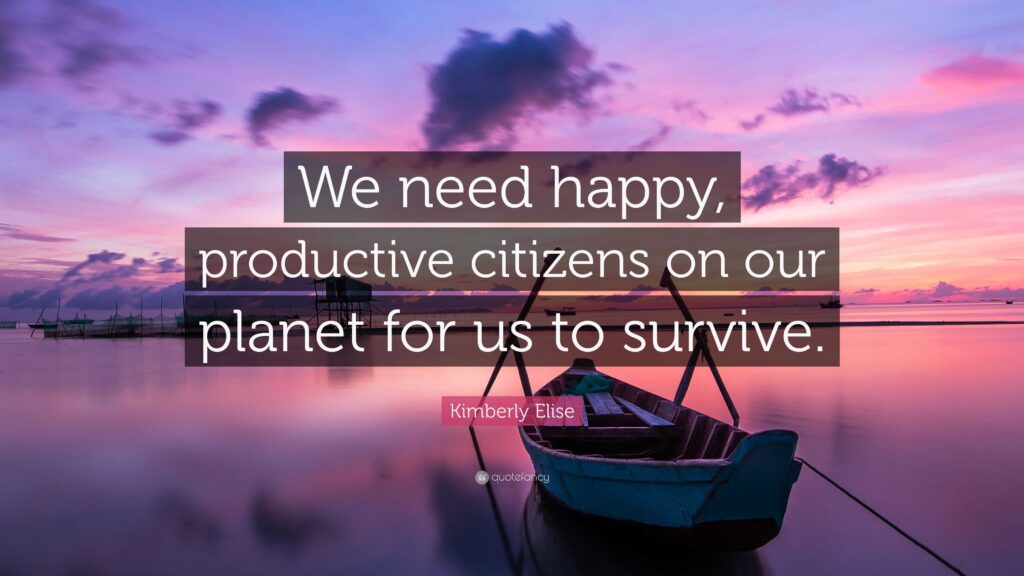
IN CONCLUSION
The Five Hindrances are more than just obstacles to meditation.
They are the same obstacles that thwart a happy, productive existence.
By practicing meditation and overcoming them, we accomplish something of inestimable value,
which has far – reaching benefits for every other part of our lives as well.
When you achieve Stage Ten,
these hindrances are completely overcome,
absent from both meditation and daily life.
And as long as you can regularly reach śamatha in your practice — or
if you achieve sufficient Insight — they will not return.

This series of articles highlight and focus on the first 3 stages
of the 10 stage process towards the Ultimate goal of Awakening.
I have come to regard these first three stages as outlined by
Neuro Scientist John Yates… AKA Culadasa
to be the most useful way to learn how to meditate
for Ultimate goal of meditation.
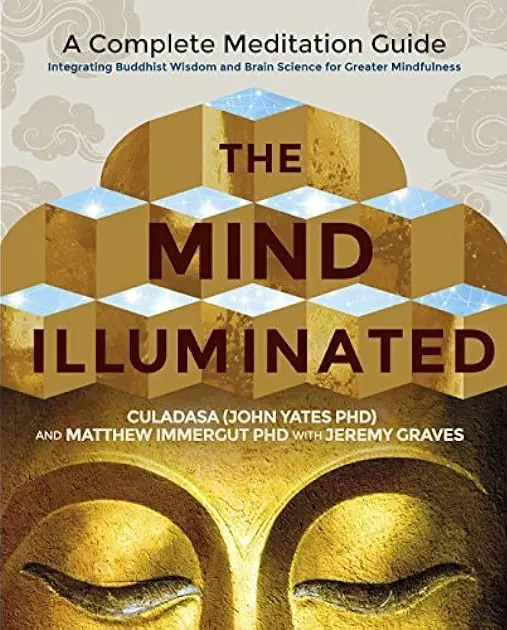
With his neuro science along with his psychology background and lifelong Buddhist Practice,
he has the unique qualifications to bring together the complete Spiritual Path together
in the most thorough way.
This subject has many different traditions and perspectives that for the most part
evolved separately in various locations around the world, and yet,
they all point toward the very same outcome…
Attaining the highest form of human consciousness possible, with names such as…
Enlightened, Awakening, Self-Realized… that all offer the Ultimate goal and Fruition of…
Liberation of pain and suffering.
Beyond these first 3 stages is beyond the scope of what I can effectively share,
but for those so inspired… This book is a must read:
The Mind Illuminated:
A Complete Meditation Guide Integrating Buddhist Wisdom and Brain Science
for Greater Mindfulness
by – John Yates; Matthew Immergut; Jeremy Graves